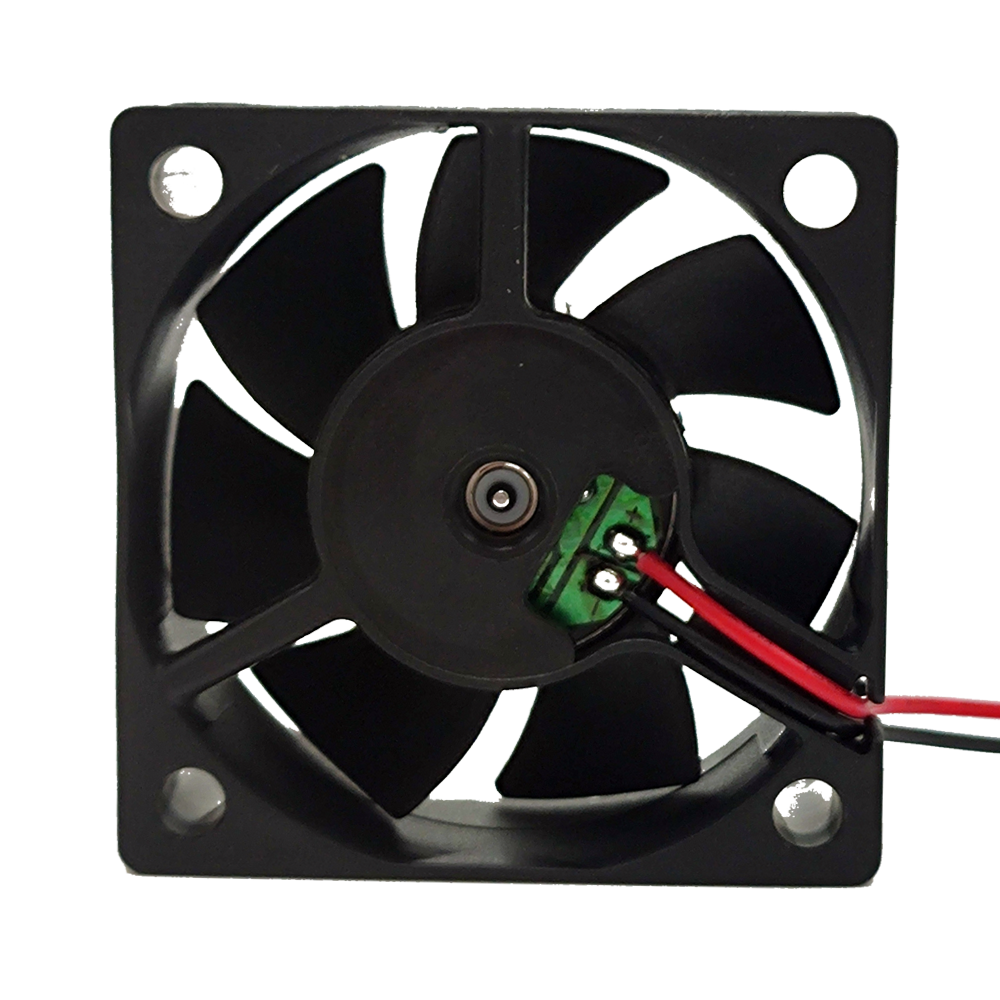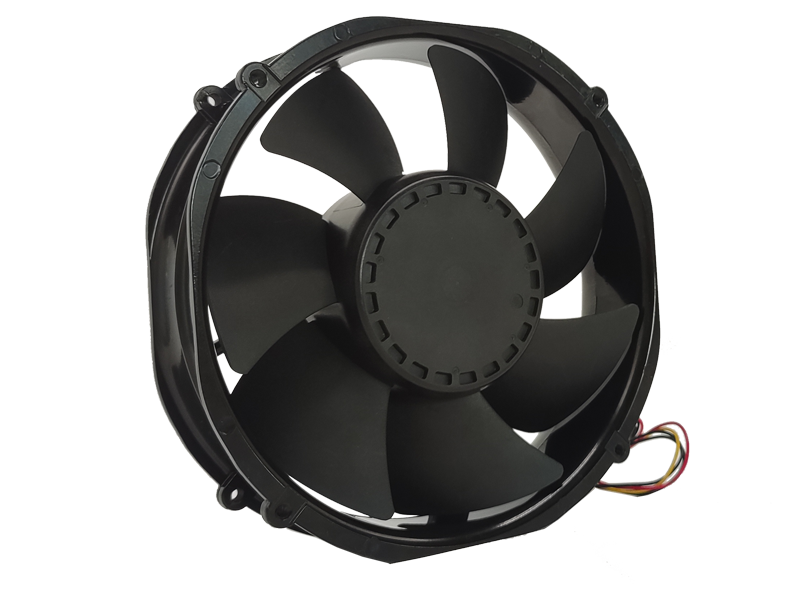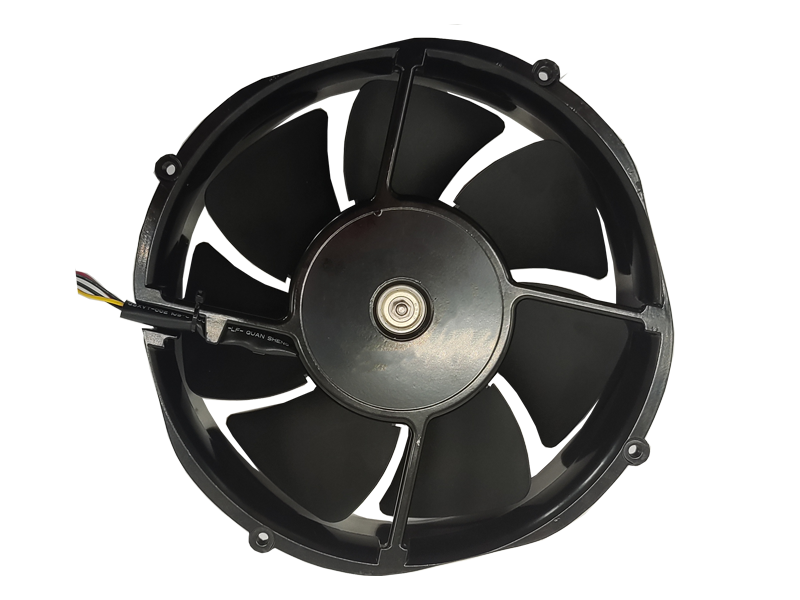Industrial fans are indispensable components in numerous industries, from manufacturing plants and warehouses to agriculture and large-scale commercial spaces. These robust devices are designed to provide critical ventilation, maintain temperature regulation, and improve air quality in various settings. Over the years, industrial fans have evolved significantly in terms of design, technology, and functionality. This article will explore how the evolution of industrial fans has transformed industries and examine the key innovations that have made these devices more efficient and effective.
1.1 The Role of Industrial Fans in Modern Industries
At the core of their utility, industrial fans serve the essential purpose of air circulation. Whether for cooling equipment, ventilating confined spaces, or maintaining air quality, industrial fans ensure that operational environments remain safe and efficient. In industries like mining, chemical manufacturing, and food processing, proper airflow is crucial to maintain worker safety and prevent the accumulation of harmful gases.
In addition to safety, industrial fans are integral to maintaining operational efficiency. In large-scale production environments, the temperature of machinery and components can quickly rise, reducing the lifespan of equipment and increasing the risk of malfunctions. By circulating air and dissipating heat, industrial fans prevent overheating and ensure consistent performance.
1.2 Technological Innovations in Industrial Fans
One of the most notable advancements in industrial fans has been the shift toward more energy-efficient designs. Traditional industrial fans, though effective, were often energy-intensive. With increasing energy costs and growing environmental concerns, manufacturers have focused on developing fans that provide superior airflow with lower power consumption.
Energy Efficiency and Green Solutions
Modern industrial fans now feature advanced motor technologies that drastically reduce power consumption while increasing airflow. Brushless motors, for instance, offer better performance and longevity compared to their brushed counterparts, as they generate less heat and require less maintenance. Additionally, the use of variable speed drives (VSDs) allows for the adjustment of fan speeds depending on the environmental conditions and workload, which results in significant energy savings.
The focus on sustainability has also led to the adoption of eco-friendly materials in fan manufacturing. Many modern industrial fans are designed with recyclable and durable materials, contributing to the reduction of waste in industrial environments.
Noise Reduction and Advanced Aerodynamics
Another area of significant improvement is noise reduction. Noise pollution in industrial settings is a common concern, especially in sectors where high-volume machines and equipment are used. Recent advancements in fan blade design, coupled with better motor technologies, have resulted in quieter operation, even at high speeds. Some manufacturers are employing advanced aerodynamic designs that minimize noise and vibration while maximizing airflow.

1.3 Customization and Smart Features in Industrial Fans
As industries become more specialized, the demand for customized industrial fans has grown. Many modern manufacturers now offer industrial fans that can be tailored to specific needs. For example, in environments where dust and particulate matter are a concern, fans may be equipped with filtration systems to maintain clean air.
Furthermore, the integration of smart technology in industrial fans is revolutionizing their operation. Sensors and IoT (Internet of Things) technology allow for real-time monitoring of fan performance, enabling predictive maintenance and operational adjustments. This technology provides users with valuable data on airflow, energy consumption, and overall system health, which in turn allows for more efficient and proactive management of industrial ventilation systems.
1.4 The Future of Industrial Fans: Integration and Automation
Looking ahead, the future of industrial fans lies in their integration with broader industrial automation systems. The ability to link industrial fans with other machines and systems for automated operation will make these devices even more efficient. For example, fans could automatically adjust their speeds based on environmental sensors or production requirements, further optimizing energy use.
As the demand for energy efficiency, sustainability, and automation grows, industrial fans will continue to evolve. With innovations such as AI-powered diagnostics, further reduction in energy consumption, and the increased use of renewable materials, the future of industrial fans promises to be both more intelligent and environmentally friendly.
Recommended Products

The main purpose:Car charging station

The main purpose:Car charging station

The main purpose:Electronic refrigerators, water dispensers, direct drinking machines, inverter power supplies
Address:No. 4137, Longgang Avenue (Henggang Section), Henggang Community, Henggang Street, Longgang District, Shenzhen
hotline:13530005572(Chen)15112579390(Li)


Welcome all friends to come for consultation and negotiation.
Copyright 2024 @ Shenzhen Youneng Xinyuan Electronics Co., Ltd.,(industrial fans,industrial blowers,axial fans,cooling fans manufacturer,centrifugal fans,ac cooling fans,dc cooling fans)